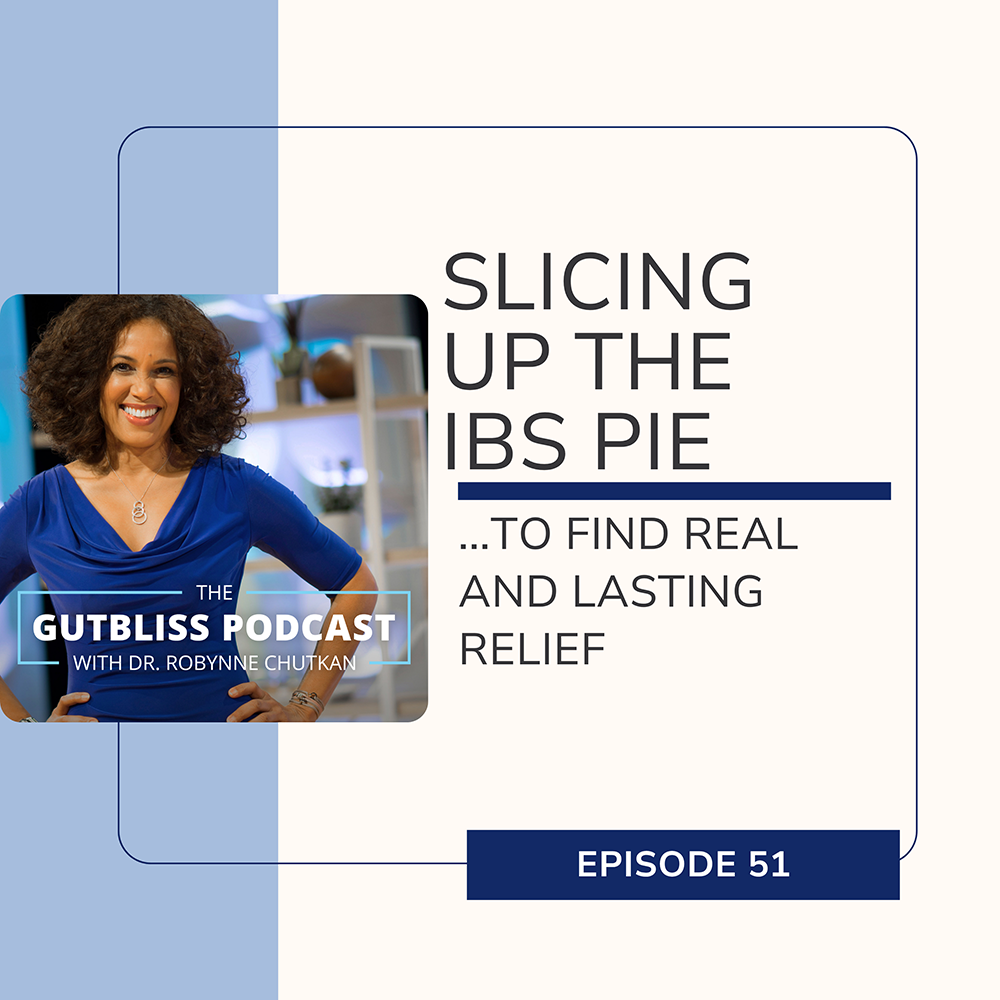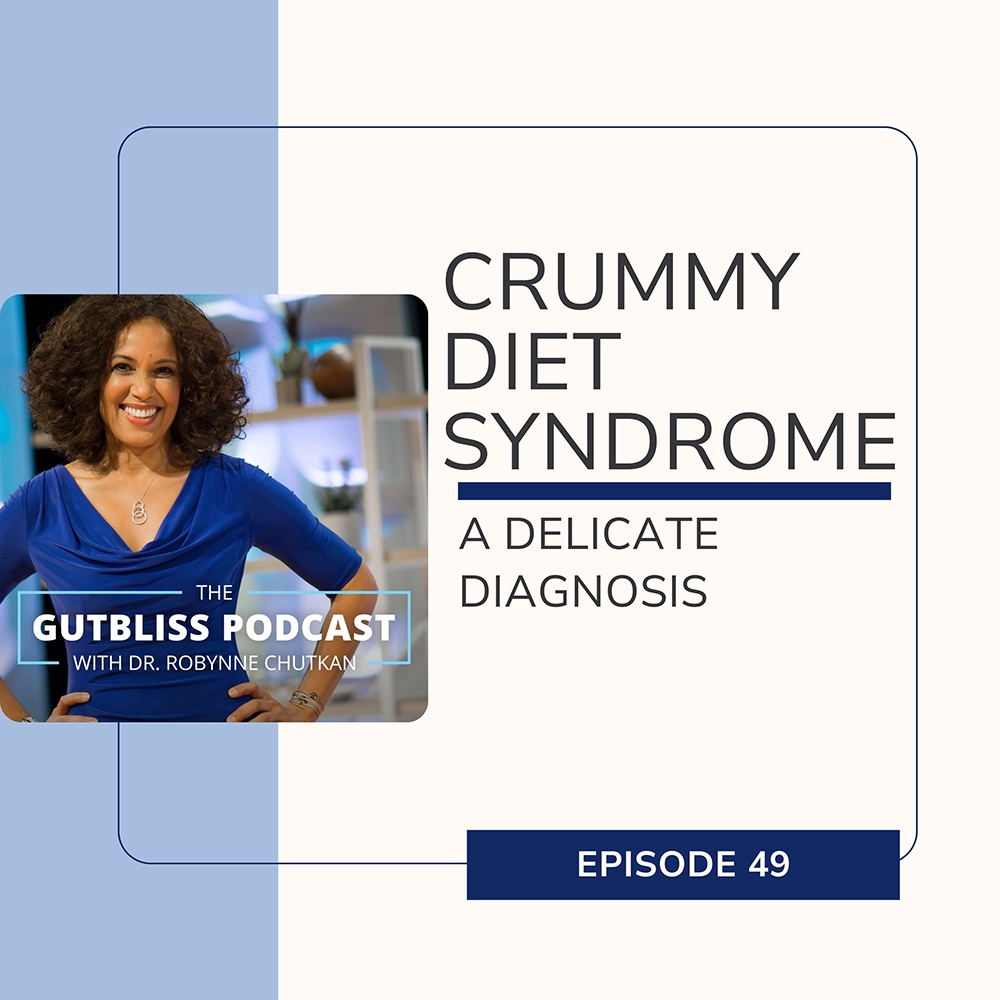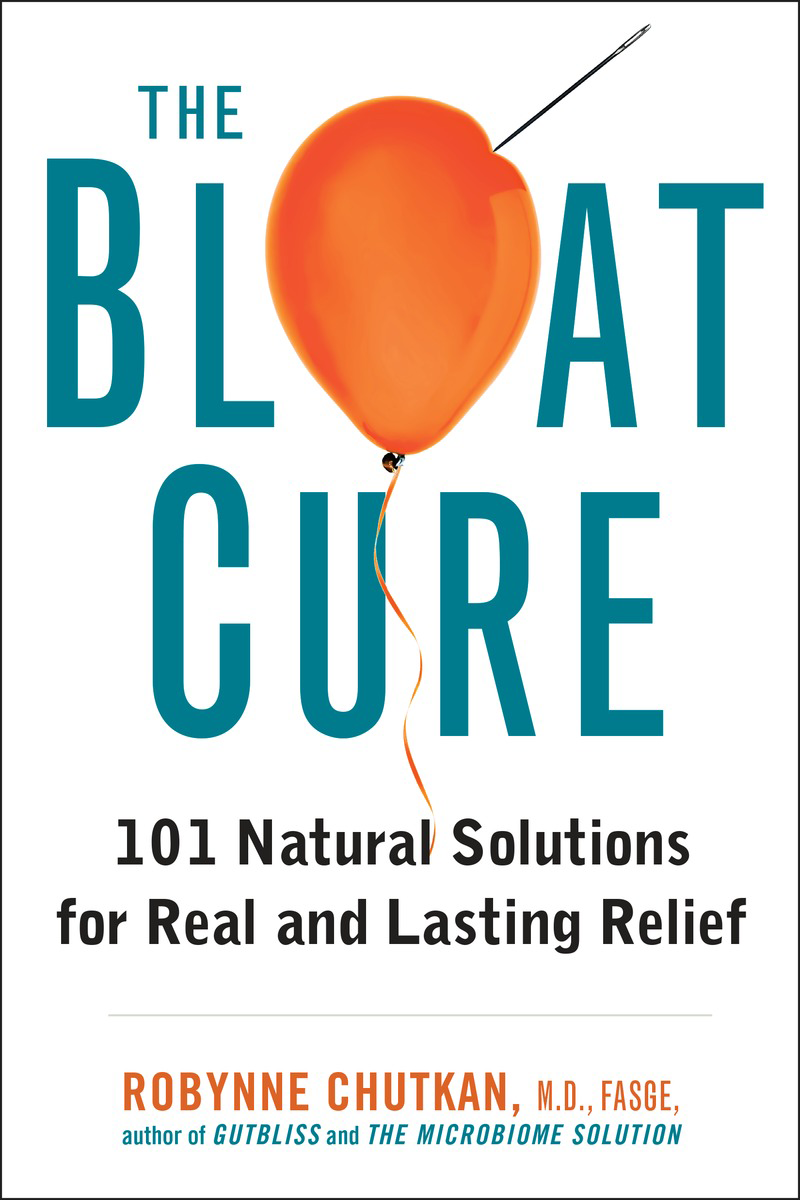Encouraging physicians to make a diagnosis of irritable bowel syndrome and prescribe medication for it is big business. I’m not saying that medication for IBS is never a good idea or never effective, but I am saying that it is often an overly expedient solution that doesn’t usually lead to lasting relief for the simple reason that IBS consists of multiple different conditions. Since there is no one unifying diagnosis of “IBS” there can’t be one unifying pharmaceutical solution.
Thank you for being a part of our community! For the latest in digestive wellness go to https://gutbliss.com/ and follow us on Instagram for more gut health info.
On today’s show – abdominal pain or discomfort that’s usually associated with constipation, diarrhea, or both. A diagnosis that affects between 10 and 20% of the population. I’m talking about IBS – irritable bowel syndrome.
In the 1970s we started using the term “spastic colon,” and emphasizing psychological factors in the diagnosis of IBS. We also started to refer to IBS as a functional GI disorder, sometimes abbreviated to “FGID”: Functional GI disorder is still a term that’s used pretty frequently to describe IBS and other GI conditions where your gut looks pretty normal but you don’t feel normal at all. The term “functional” implies symptoms in the absence of any structural changes in the gut.
Around 1973, there’s a series of experiments that involve inflating a balloon in the rectum of people with IBS. The results show that someone with IBS has more pain compared to someone without IBS when the balloon is inflated – this forms the basis for the “visceral hypersensitivity” theory. This study represented a pivotal moment in IBS, because it demonstrated that IBS patients had a greater sensitivity to internal stimuli like rectal distension, a sensation that would not typically be painful in someone without IBS, and it created an explosion of interest in the underlying mechanisms around visceral hypersensitivity. And when we come back, what’s going on in your body – not just in your gut, but also in your brain, to explain visceral hypersensitivity.
Three mechanisms are thought to be responsible for visceral hypersensitivity: (1) altered gut motility, (2) the release of pain-sensitizing substances in the gut that increase sensitivity in the nerves in the gut, (3) changes in parts of the brain involved in pain perception and processing, like the anterior cingulate cortex that can cause a greater response to distention of the organs. And not just a greater response in an experimental setting when you’re blowing up a balloon, but a greater response in a regular everyday setting like when your GI tract has gas in it or liquid or food. Which is why one of the hallmarks of IBS is that people tend to be more uncomfortable after they eat a meal and often have relief after a bowel movement when the GI tract has emptied. And that’s true to some extent for almost everyone, right? Most of us tend to be more uncomfortable after we eat a meal, particularly if we eat a large meal or we eat a high fat meal, or we eat a meal of processed food. And for lots of people, having a bowel movement is the ultimate detox. I know, after I have a big Mama JAMA poo I feel amazing. And I think you probably do too. But the hypothesis again is that with IBS, the discomfort after eating, and the relief after a BM is much more pronounced than it should be.
The recognition of visceral hypersensitivity prompted researchers to explore new treatment strategies that targeted mechanisms involved in pain modulation. But the medical community still wasn’t asking the important question, Why. Why did people with IBS have visceral hypersensitivity? The studies showed that IBS sufferers weren’t any more sensitive to other types of pain. If you stuck them with a pin, somebody with IBS would have the same degree of pain as somebody without IBS. So it was specifically around this area of distension of the viscera – the hollow organs. And even though we weren’t seeing active inflammation inside those organs like we were in a patient with colitis or Crohn’s, it was pretty clear that there was something else going on beyond just people being more sensitive to distension of their organs. When we come back, the meeting in Rome that changed everything.
It was 1988, and an international group of gastroenterologists from the US, the UK, Canada, Germany, Sweden and several other countries meet in Rome to draft a proposal and try and reach consensus about the specific diagnostic criteria for IBS. The guidelines, known as the Rome Criteria for IBS were published the following year and attracted a huge amount of interest among researchers and pharmaceutical companies.
Why was consensus about the diagnosis of IBS so important? Well for one, it was really difficult to do clinical trials on IBS without a clear definition of what IBS was. And secondly, there was huge interest from the pharmaceutical industry. And it’s worth spending a moment talking about how that works. In order to get approval by the Food and Drug Administration, the FDA, a drug has to show efficacy for a particular diagnosis. That means drug approval, at least initially, is linked to a diagnosis and there need to be clear criteria for that diagnosis. When physicians write a prescription for a drug, there is usually a diagnosis linked to that medication. But the reality is that once a medication is approved for use by the FDA, physicians can prescribe it off label, meaning they can prescribe it for any condition, once the drug itself is approved for use by the FDA. Off-label use of drugs is common, about one-third of all prescriptions for drugs in the United States are prescribed off label – meaning they’re being used in people who don’t have the diagnosis that the drug was initially approved for. And sometimes the off label use is life changing. It may turn out that a drug works for a disease and can bring tremendous relief to someone with that disease. But use of the drug for that disease was never studied in a clinical trial and so it doesn’t have FDA approval for that particular disease. And getting a drug approved is a really time consuming and super expensive process. According to a study published in the Journal of the American Medical Association, the total cost of developing a new drug can be as much as $2 to $3 billion. But let’s talk about the other side of off label prescribing which is the economics. Pharmaceutical companies spend a tremendous amount of money advertising directly to physicians because physicians have the power to prescribe their drug even in people who don’t necessarily fit the criteria for the disease the drug is approved to treat. Of course the broader the criteria for the diagnosis, the more people are likely to fall under that umbrella diagnosis. And here we get to the crux of the matter with IBS. When we come back, follow the money….
The pharmaceutical industry spends a significant portion of its marketing budget on reaching healthcare professionals, with estimates suggesting around $20 billion annually. This includes tactics like face-to-face visits, providing drug samples, and direct payments to physicians. In 2016 the pharmaceutical industry spent over $20 billion on marketing to healthcare professionals, including $5.6 billion for prescriber detailing, $13.5 billion for drug samples, and $979 million for direct physician payments, according to the American Academy of Family Physicians (AAFP). Nobody would be spending this much money if they weren’t seeing a massive return on their investment
Encouraging physicians to make a diagnosis of IBS and prescribe a medication for it is big business. The global IBS treatment market is a multi-billion dollar industry, with a projected growth of over $7 billion by 2033. In 2023, the market was valued at $1.65 billion and is expected to reach $4.74 billion by 2034. Key drivers include a dramatic increase in the number of people being diagnosed with IBS, increased awareness of IBS, and the development of new treatments. All driven by the pharmaceutical industry.
The Rome Criteria, which get updated every few years, are pretty broad. So broad, in fact, that most people with GI symptoms meet the diagnostic criteria. They are:
- Abdominal pain or discomfort that occurs on average at least 1 day per week in the last 3 months.
- The abdominal pain is associated with changes in stool frequency, stool form, or both.
- The symptoms have been present for at least 6 months before diagnosis.
That’s great for the pharmaceutical industry, but not so great for people with IBS, because the problem with diagnosing almost everyone who has GI symptoms with IBS and then prescribing a medication that may or may not work is that you don’t do the work to figure out what is actually making their bowels irritable. Which is what we’re going to talk about in next week’s episode: slicing up the IBS pie to get to the root cause and find lasting relief. I want to leave you with three takeaways about where we currently are with a diagnosis of IBS:
1. In my almost 3 decades of practicing gastroenterology, I have found that the vast majority of people who come to see me with a diagnosis of IBS actually have some treatable underlying condition beyond visceral hypersensitivity.
2. What are those underlying conditions? Food intolerances to gluten or lactose or fructose, undiagnosed parasites, chronic inflammatory conditions like Crohn’s disease, a disrupted microbiome known as dysbiosis or SIBO, conditions like hypothyroid that can secondarily affect the GI tract, diverticulosis, perimenopause, and I’ve even seen colon cancer misdiagnosed as IBS.
3. I’m not saying that medication for IBS is never a good idea or never effective, but I am saying that it is often an overly expedient solution that doesn’t usually lead to lasting relief for the simple reason that all those conditions I just named are all treated completely differently. Since there is no one unifying diagnosis of IBS there can’t be one unifying pharmaceutical solution.
So that’s it for this week’s edition of the Gutbliss podcast on Irritable Bowel Syndrome and pharmaceutical expediency. Coming up next week: Slicing up the IBS pie for real and lasting relief. We’re going to be talking about all those other conditions that are often misdiagnosed as IBS…. and what you need to do to get to the root cause.









